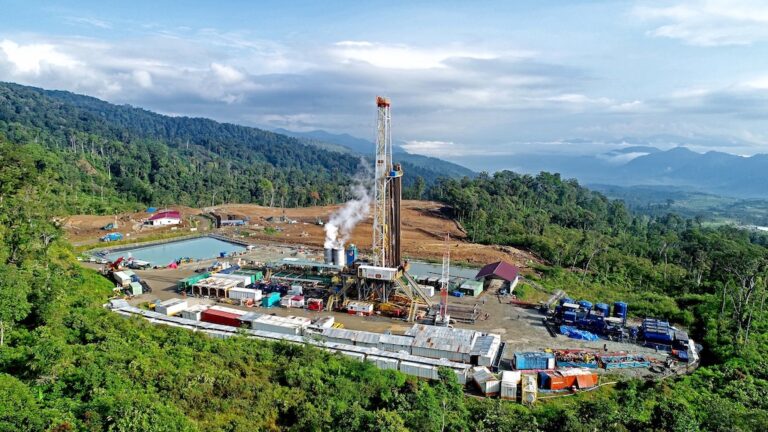Social acceptance issues and lack of interest from industry players continue to prevent Indonesia from realizing its full geothermal potential.
Opposition from local communities and lack of interest from the private sector continue to pose challenges to accelerating the growth of the geothermal sector in Indonesia.
This was the sentiment shared by Eniya Listiani Dewi, director general of New, Renewable Energy and Energy Conservation (EBTKE) at the Ministry of Energy and Mineral Resources (MEMR), at the Green Economy Expo 2024 held at the Jakarta Convention Center. Indonesia has the second largest geothermal power generation capacity in the world, behind the United States. It also has untapped potential, especially as the government has set a target of producing 3.3 GW of additional capacity by 2030.
However, geothermal projects at several sites in Indonesia have faced opposition from local communities. “Sometimes local people don’t understand that drilling will bring electricity” commented Eniya. The CEO therefore encourages all parties who understand the potential of geothermal energy to get involved in explaining to the general public that the industry can provide an environmentally friendly source of energy.
“I ask for everyone’s cooperation to be able to explain to residents that geothermal drilling is an effort to accelerate the base load of electricity supply,” said Eniya.
Lack of private investment
Industry players have also shown no interest in investing in and developing geothermal energy projects. This year, PLN had to return three geothermal working areas (WKPs) – namely Danau Ranau, Gunung Sirung and Oka Ile Ange – to MEMR as the exploration licence for these areas had expired. PLN also revealed that the Kepahiang WKP would be re-auctioned after the potential partnership with Star Energy Geothermal fell through.
According to Eniya, some investors are concerned that the demand for electricity at some geothermal sites is low. However, this problem can be addressed by using the energy for green hydrogen production. “If we invest 10 MW and the demand is only 2 MW, the remaining 8 MW can be used for hydrogen conversion,” Eniya explained.
Earlier this year, PLN’s Kamojang geothermal power plant became the first geothermal-powered green hydrogen producer in Indonesia.
The Indonesian government continues to facilitate the development of geothermal projects through the government’s Greenfield Drilling Program. This aims to ease the burden of discovery risk on private developers when investing in a geothermal project. “Once the steam has been released, the project will then be offered to the industry to accelerate its growth,” said Eniya. “I hope this will encourage us to accelerate the use of geothermal energy.”
Source: Kompas.com and Kontan.co.id


